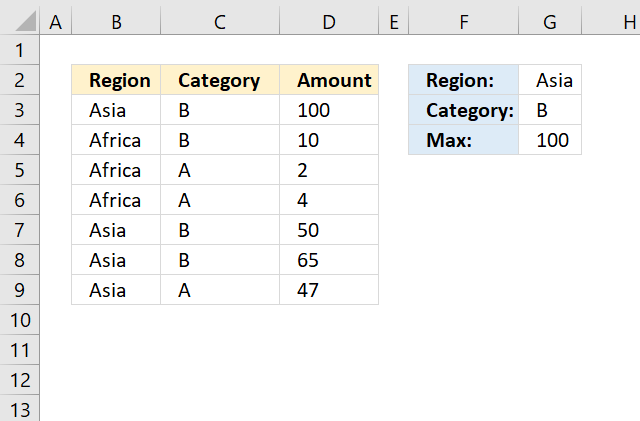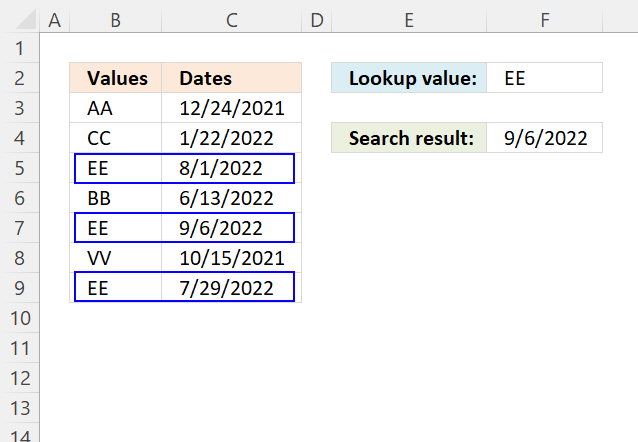'MAXIFS function' category
How to use the MAXIFS function
What is the MAXIFS function? The MAXIFS function returns the largest number based on a condition or criteria. The MAXIFS […]
What is the MAXIFS function? The MAXIFS function returns the largest number based on a condition or criteria. The MAXIFS […]
Find and return the highest number and corresponding date based on a condition
Table of Contents Introduction Find and return the highest number and corresponding date based on a condition - Excel 365 […]
Table of Contents Introduction Find and return the highest number and corresponding date based on a condition - Excel 365 […]
Find the most recent date that meets a particular condition
This article demonstrates how to return the latest date based on a condition using formulas or a Pivot Table. The […]
This article demonstrates how to return the latest date based on a condition using formulas or a Pivot Table. The […]


